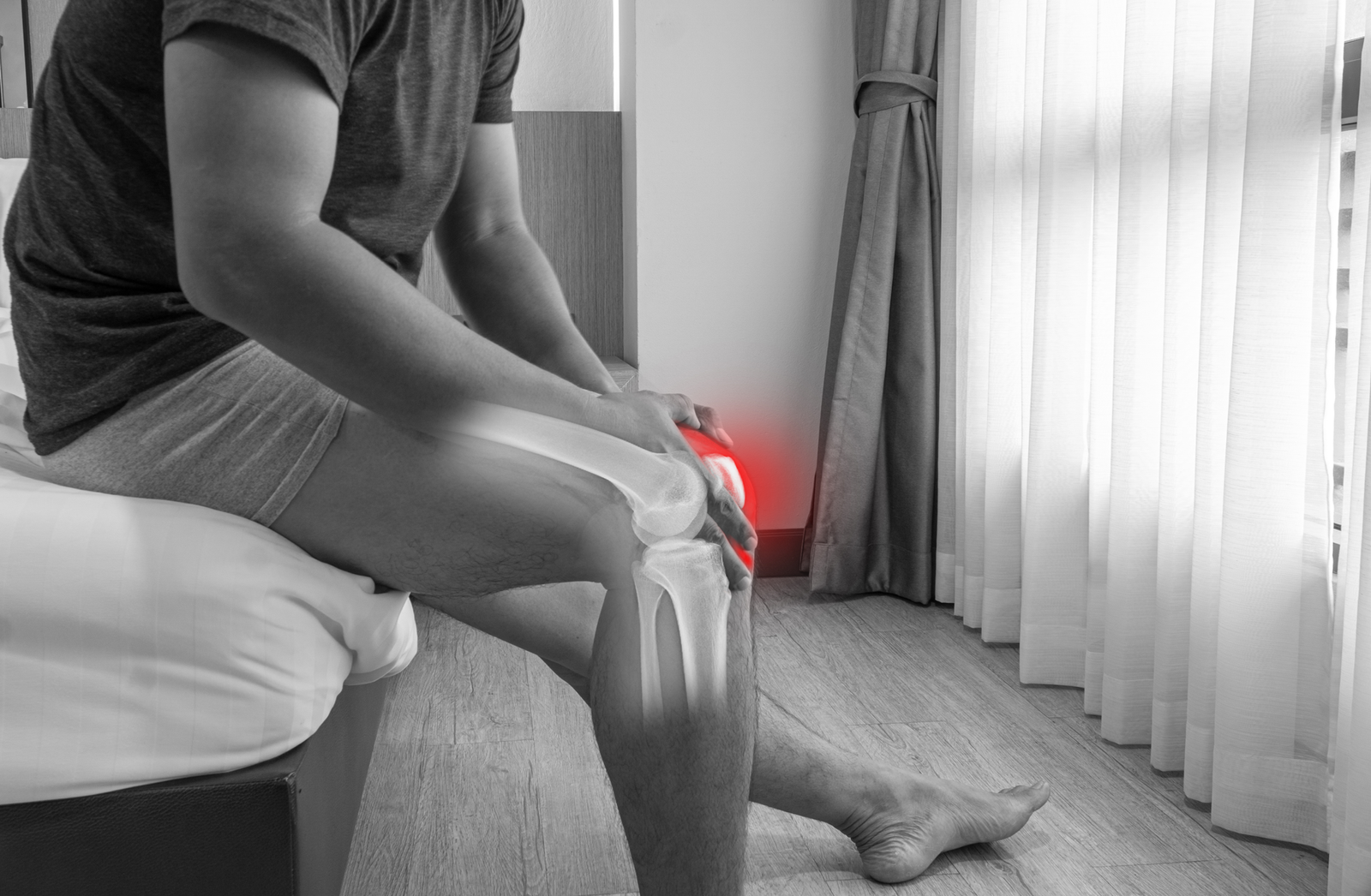Joint pain can range from a minor annoyance to a debilitating condition, but how do you know when it’s time to seek advanced imaging? While rest and ice help with temporary strains, certain symptoms indicate deeper issues that require precise diagnosis. Musculoskeletal ultrasound offers a fast, radiation-free way to visualize soft tissues in real time—helping specialists pinpoint the exact cause of your pain.
Here are 5 key signs that you should consider an ultrasound scan for your joint discomfort:
1. Persistent Swelling That Won’t Subside
Swelling is your body’s way of signaling injury or inflammation, but if it lingers for more than a week despite rest, ice, or anti-inflammatories, it could indicate:
- Bursitis (inflamed fluid sacs)
- Tendon tears (rotator cuff, Achilles, etc.)
- Early arthritis (joint fluid buildup)
Why ultrasound? Unlike X-rays (which only show bones), ultrasound detects fluid accumulation, tendon damage, and soft-tissue inflammation in real time.
2. Clicking, Locking, or Catching Sensations
If your joint “locks up” or makes grinding/popping noises with movement, you may have:
- A torn meniscus (knee)
- Loose cartilage fragments
- Labral tears (shoulder/hip)
Ultrasound can track moving structures (like tendons gliding over bones) to identify mechanical issues missed by static scans.
3. Night Pain That Disrupts Sleep
Pain that worsens at night often signals:
- Rotator cuff tears (shoulder pain when lying down)
- Advanced arthritis (inflammatory joint breakdown)
- Nerve compression (like carpal tunnel syndrome)
Did you know? Ultrasound can diagnose nerve entrapment by showing swollen or compressed nerves—no EMG needed.
4. Failed Physical Therapy or Previous Treatments
If months of PT, meds, or rest haven’t helped, the issue may be:
- Misdiagnosed (e.g., “shoulder bursitis” that’s actually a tear)
- Poor treatment targeting (blind injections vs. image-guided)
- Undetected structural damage
A 10-minute dynamic ultrasound can reveal what other scans missed.
5. Numbness or Tingling
These nerve-related symptoms suggest:
- Carpal tunnel syndrome (hand/wrist)
- Sciatica (hip/leg)
- Tarsal tunnel syndrome (ankle/foot)
Ultrasound visualizes nerve swelling and guides precise injections to relieve pressure.
Why Choose Ultrasound Over Other Scans?
✔ No radiation (safe for repeated use)
✔ Live imaging (sees muscles/tendons in motion)
✔ Guides treatments (injections, aspirations, more)
✔ Faster & cheaper than MRI for many conditions
Case Example: A tennis player with “elbow tendinitis” got 3 months of ineffective PT—until ultrasound revealed a partial tendon tear. One guided PRP injection later, they were back on the court.



Mediax
December 7, 2023Your health and well-being are our top priorities. We take the time to listen to your concerns, answer your questions.
Mediax
December 7, 2023We understand that every patient is unique, and their healthcare needs may vary. That\'s why we create individualized treatment plans.
Mediax
December 7, 2023Our clinic is strategically located for easy access, ensuring that you can reach us conveniently from various parts of the community.